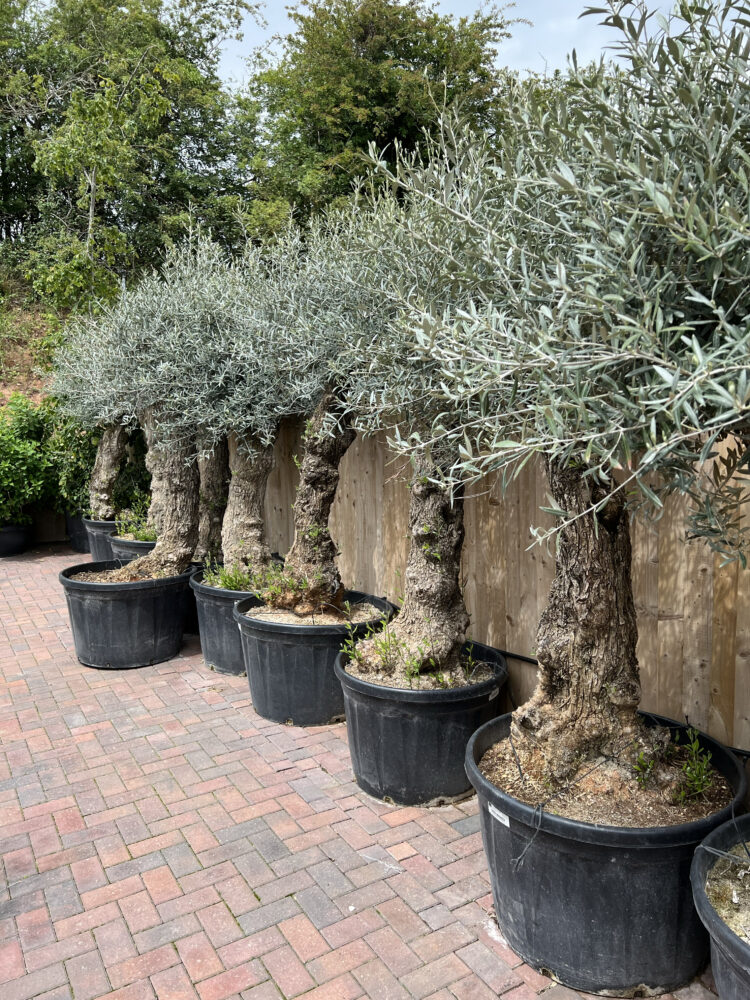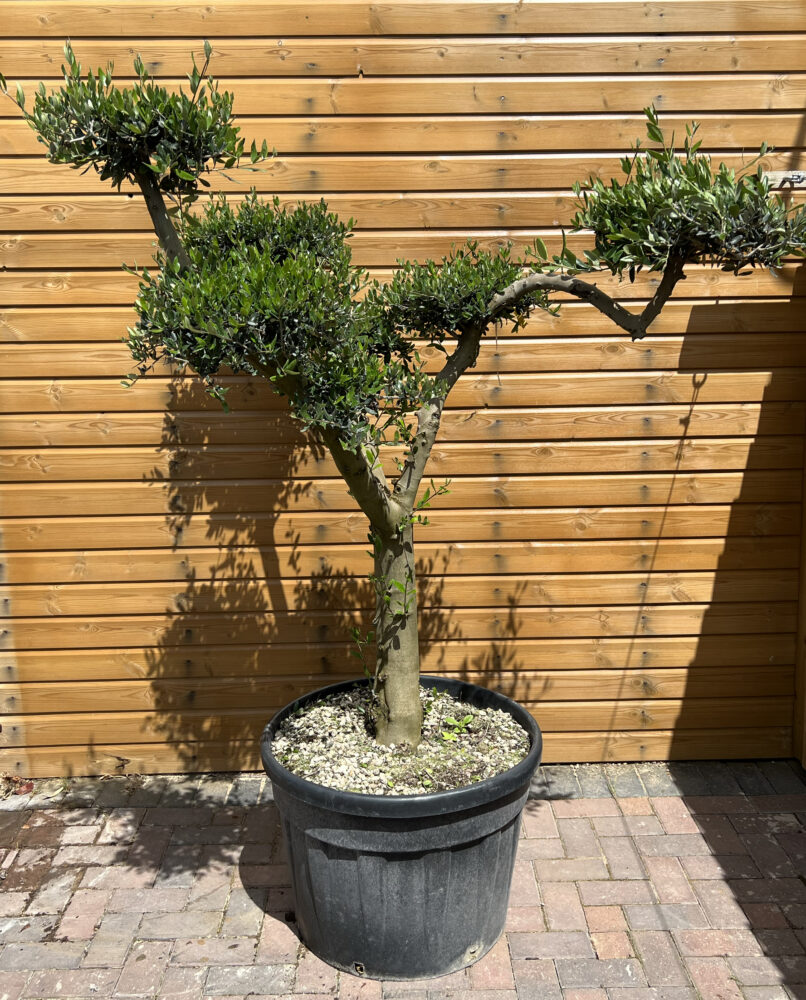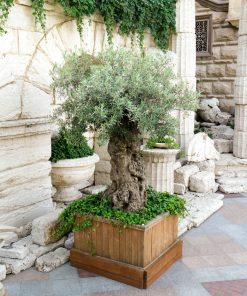-
×
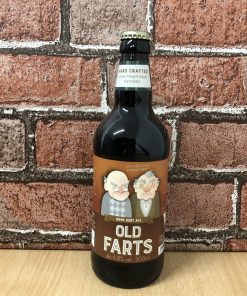 COTTAGE DELIGHT OLD FARTS ALE
1 × £3.79
COTTAGE DELIGHT OLD FARTS ALE
1 × £3.79 -
×
 WRENDALE CANVAS SMALL THAT FRIDAY FEELING
1 × £15.00
WRENDALE CANVAS SMALL THAT FRIDAY FEELING
1 × £15.00 -
×
 THE ENGLISH TABLEWARE COMPANY PLACEMAT LOOKING WILD
1 × £14.99
THE ENGLISH TABLEWARE COMPANY PLACEMAT LOOKING WILD
1 × £14.99 -
×
 ROBERT WELCH DRIFT BUD VASE
1 × £40.00
ROBERT WELCH DRIFT BUD VASE
1 × £40.00 -
×
 TILDENET PEAT POTS SQ 8CM
1 × £3.99
TILDENET PEAT POTS SQ 8CM
1 × £3.99 -
×
 WEBER iGRILL MINI
1 × £78.99
WEBER iGRILL MINI
1 × £78.99 -
×
 BIGJIGS TRAIN BLUEBELL TRAIN
1 × £7.99
BIGJIGS TRAIN BLUEBELL TRAIN
1 × £7.99 -
×
 TY BEANIE BOO DANGLER SLOTH MEDIUM
1 × £11.99
TY BEANIE BOO DANGLER SLOTH MEDIUM
1 × £11.99 -
×
 HOZELOCK TWO WAY TAP CONNECTOR
1 × £21.49
HOZELOCK TWO WAY TAP CONNECTOR
1 × £21.49 -
×
 MIRACLE-GRO MOSSKILL LAWN FEED 80M2
1 × £12.99
MIRACLE-GRO MOSSKILL LAWN FEED 80M2
1 × £12.99 -
×
 TILDENET BAMBOO T LABELS
1 × £4.49
TILDENET BAMBOO T LABELS
1 × £4.49 -
×
 WOW PIPPAS PRINCESS CARRIAGE
1 × £26.99
WOW PIPPAS PRINCESS CARRIAGE
1 × £26.99 -
×
 GISELA GRAHAM CLEAR WITH TINSEL SNOWFLAKE PATTERN BAUBLE
1 × £3.99
GISELA GRAHAM CLEAR WITH TINSEL SNOWFLAKE PATTERN BAUBLE
1 × £3.99 -
×
 ROBERT WELCH LIMBREY BOWL 250MM
1 × £115.00
ROBERT WELCH LIMBREY BOWL 250MM
1 × £115.00 -
×
 WRENDALE CANVAS SMALL LETTUCE BE FRIENDS
1 × £15.00
WRENDALE CANVAS SMALL LETTUCE BE FRIENDS
1 × £15.00
Subtotal: £376.69

 WRENDALE CANVAS SMALL THAT FRIDAY FEELING
WRENDALE CANVAS SMALL THAT FRIDAY FEELING  THE ENGLISH TABLEWARE COMPANY PLACEMAT LOOKING WILD
THE ENGLISH TABLEWARE COMPANY PLACEMAT LOOKING WILD  ROBERT WELCH DRIFT BUD VASE
ROBERT WELCH DRIFT BUD VASE  TILDENET PEAT POTS SQ 8CM
TILDENET PEAT POTS SQ 8CM  WEBER iGRILL MINI
WEBER iGRILL MINI  BIGJIGS TRAIN BLUEBELL TRAIN
BIGJIGS TRAIN BLUEBELL TRAIN  TY BEANIE BOO DANGLER SLOTH MEDIUM
TY BEANIE BOO DANGLER SLOTH MEDIUM 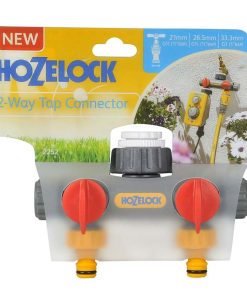 HOZELOCK TWO WAY TAP CONNECTOR
HOZELOCK TWO WAY TAP CONNECTOR  MIRACLE-GRO MOSSKILL LAWN FEED 80M2
MIRACLE-GRO MOSSKILL LAWN FEED 80M2 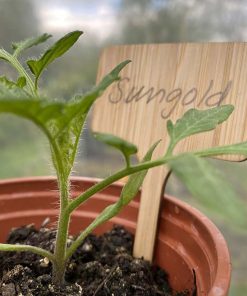 TILDENET BAMBOO T LABELS
TILDENET BAMBOO T LABELS  WOW PIPPAS PRINCESS CARRIAGE
WOW PIPPAS PRINCESS CARRIAGE  GISELA GRAHAM CLEAR WITH TINSEL SNOWFLAKE PATTERN BAUBLE
GISELA GRAHAM CLEAR WITH TINSEL SNOWFLAKE PATTERN BAUBLE  ROBERT WELCH LIMBREY BOWL 250MM
ROBERT WELCH LIMBREY BOWL 250MM 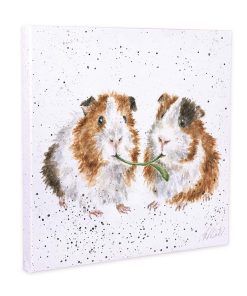 WRENDALE CANVAS SMALL LETTUCE BE FRIENDS
WRENDALE CANVAS SMALL LETTUCE BE FRIENDS 
